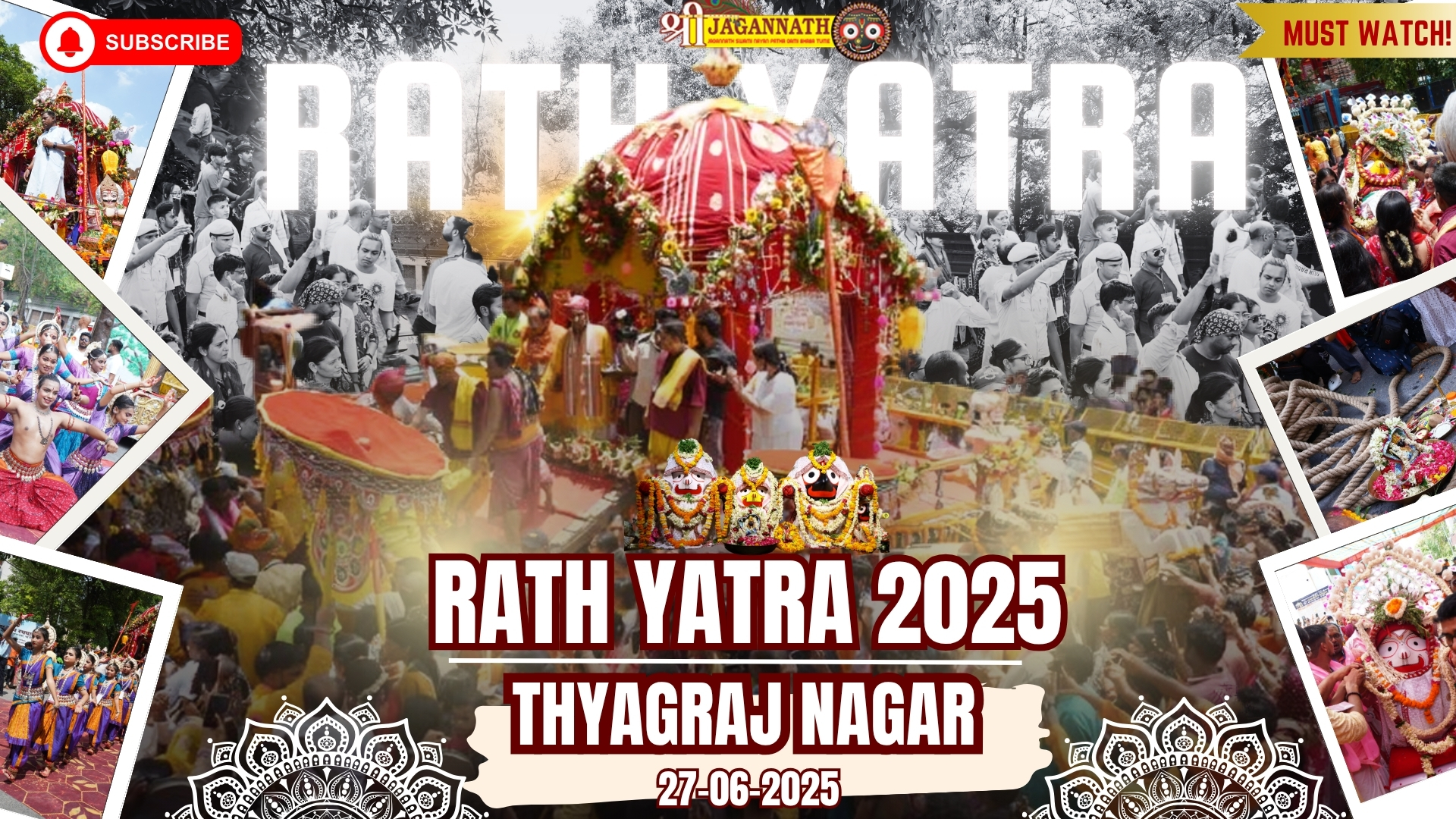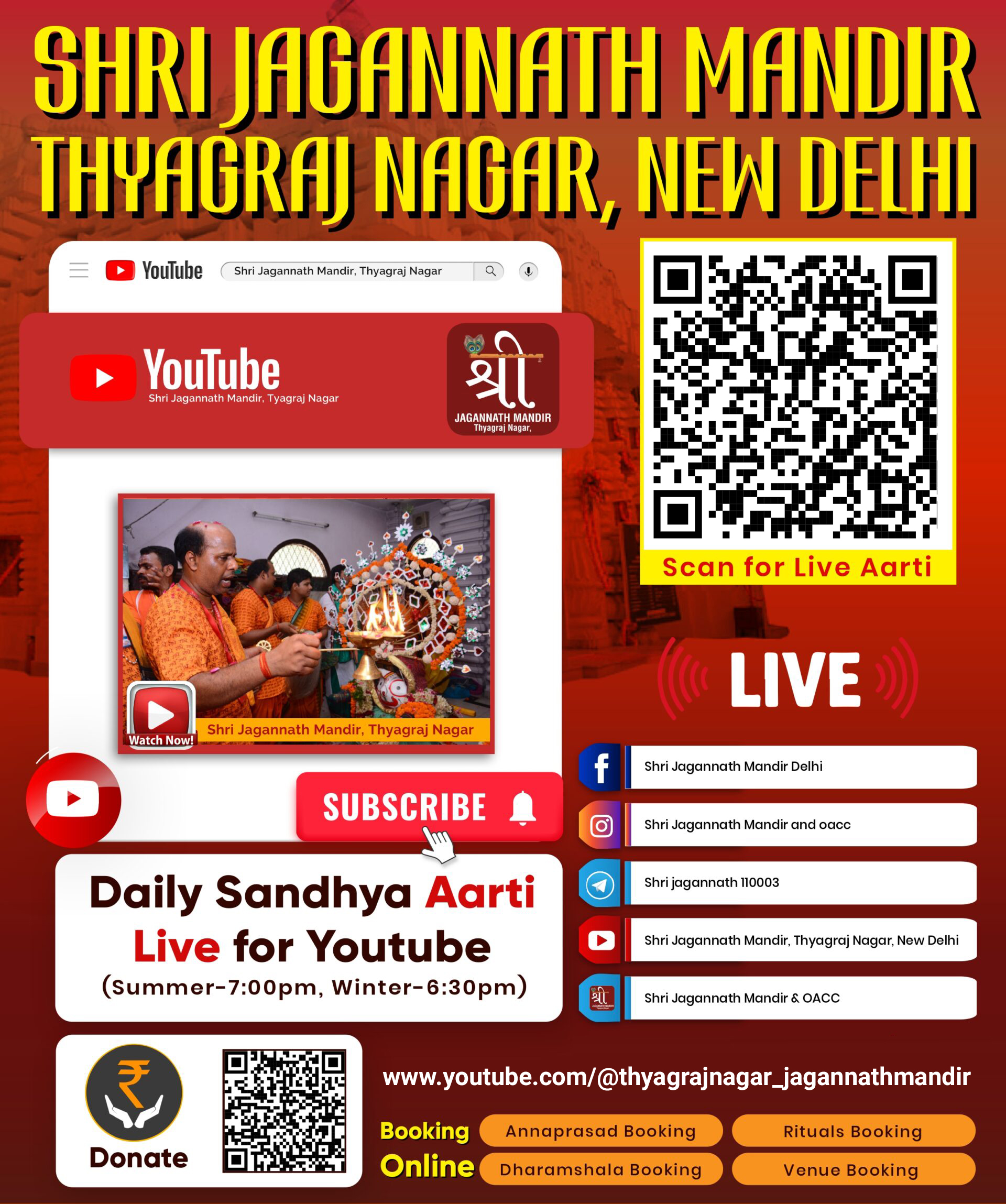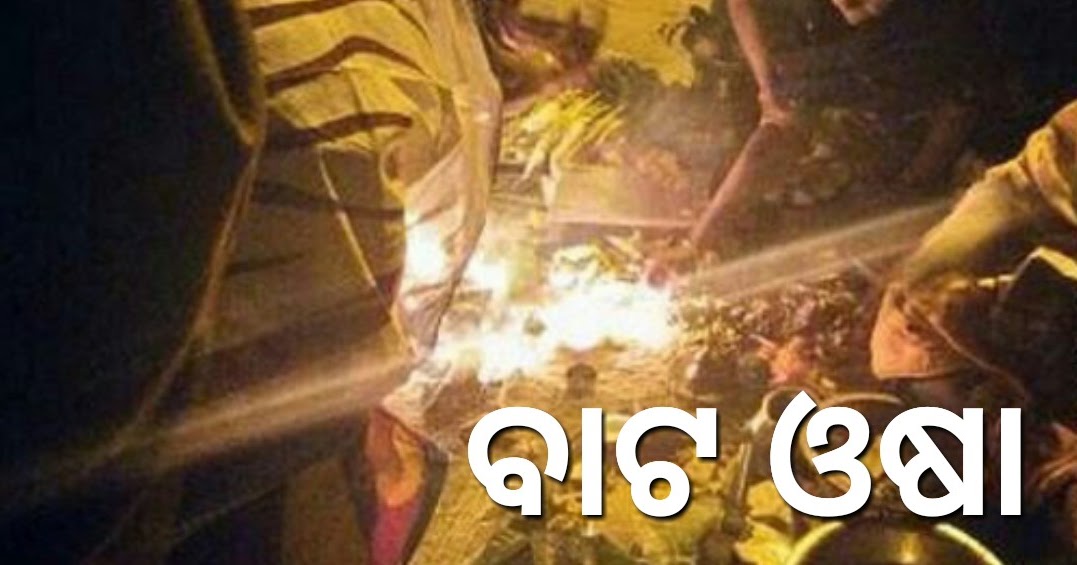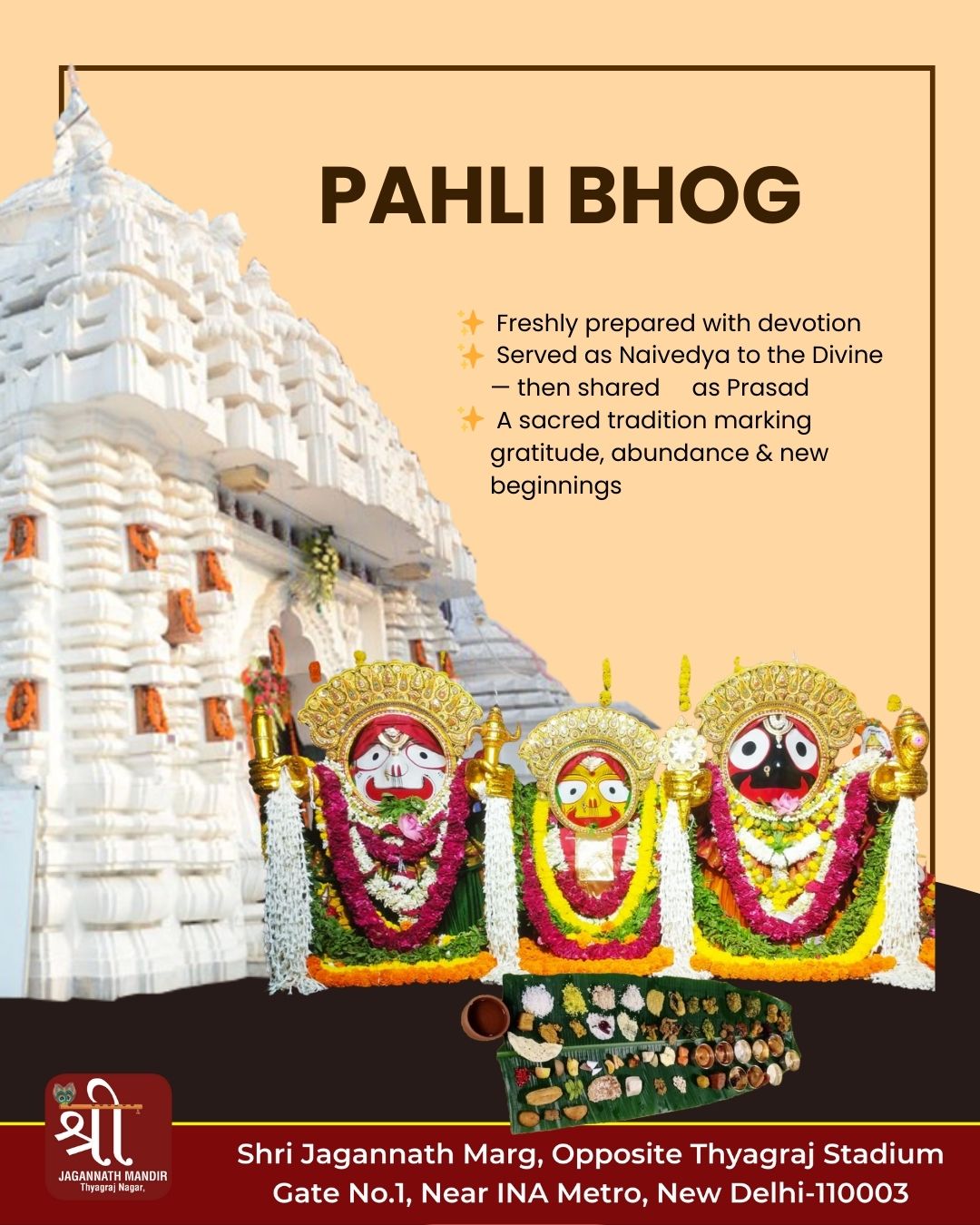The journey of Lord Jagannath, Lord Balabhadra, and Goddess Subhadra to the Gundicha Temple during the Rath Yatra in Puri, Odisha, is a significant and deeply revered aspect of the festival. Here’s an exploration of this sacred journey:
Historical and Mythological Significance
The Rath Yatra festival commemorates the annual visit of Lord Jagannath, along with his siblings, to the Gundicha Temple. According to Hindu mythology and the Skanda Purana, King Indradyumna, the legendary founder of the Jagannath Temple, received divine instructions in his dreams to construct three wooden chariots for Lord Jagannath, Lord Balabhadra, and Goddess Subhadra. The deities’ journey to the Gundicha Temple symbolizes their visit to their aunt’s house, where they stay for nine days.
Rituals and Processions
- Rath Yatra Day:
- The Rath Yatra begins with the ceremonial pulling of the chariots from the Jagannath Temple to the Gundicha Temple. Thousands of devotees gather to witness and participate in this auspicious event.
- Chhera Pahanra:
- Before the chariots begin their journey, the Gajapati King of Puri performs the ritual of Chhera Pahanra, where he sweeps the chariots as a symbol of humility and devotion.
- Pulling of the Chariots:
- Devotees enthusiastically participate in pulling the massive chariots using thick ropes. The chariots move slowly through the streets of Puri amidst chants of “Jai Jagannath!” and the rhythmic beats of drums and cymbals.
- Stops and Symbolism:
- The chariots make several stops along the way to the Gundicha Temple, allowing devotees to offer prayers and seek blessings from the deities. These stops symbolize the deities’ journey through various stages of life.
- Entry into Gundicha Temple:
- Upon reaching the Gundicha Temple, the deities are ceremonially welcomed amidst joyous celebrations and rituals. The idols are installed in the temple for a nine-day stay known as the “Navakalevara.”
Symbolism and Spiritual Significance
- Unity and Devotion: The Rath Yatra and the journey to Gundicha Temple symbolize the unity of devotees from all walks of life who come together to participate in pulling the chariots. It underscores the belief that participating in the Rath Yatra cleanses one’s sins and brings spiritual merit.
- Spiritual Journey: The journey of Lord Jagannath and his siblings from the Jagannath Temple to the Gundicha Temple signifies their interaction with devotees and their willingness to bless them.
- Renewal and Rejuvenation: The Navakalevara ritual, which occurs once every twelve to nineteen years, involves the installation of new idols for Lord Jagannath, Lord Balabhadra, and Goddess Subhadra. This ritual symbolizes renewal, rejuvenation, and the continuity of the divine presence in Puri.
Conclusion
The journey of Lord Jagannath, Lord Balabhadra, and Goddess Subhadra to the Gundicha Temple during Rath Yatra is a sacred and joyous occasion that attracts millions of devotees. It embodies deep spiritual significance, cultural heritage, and the timeless bond between the divine and humanity. The Rath Yatra festival, with its vibrant processions and rituals, continues to inspire devotion and reverence among devotees worldwide, making it one of the most celebrated and cherished festivals in Hindu culture.








